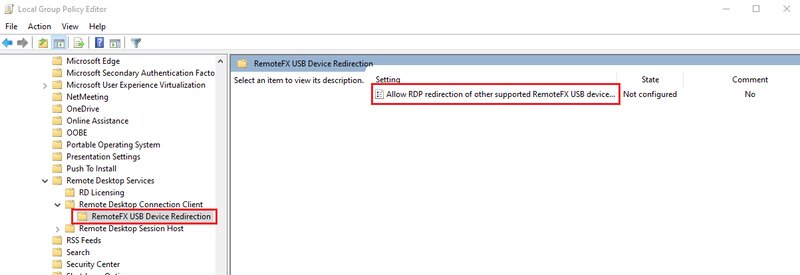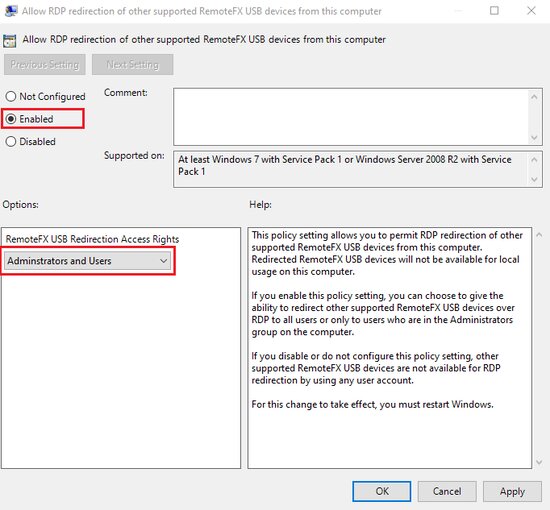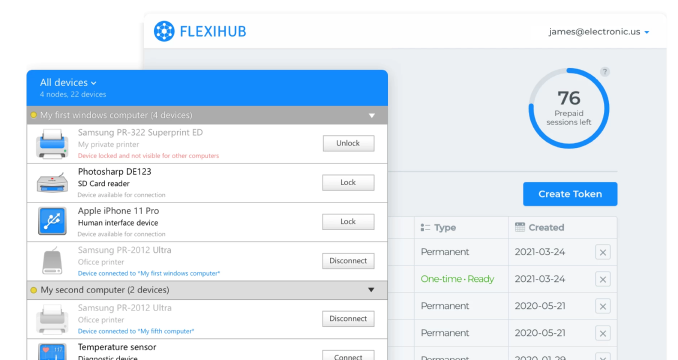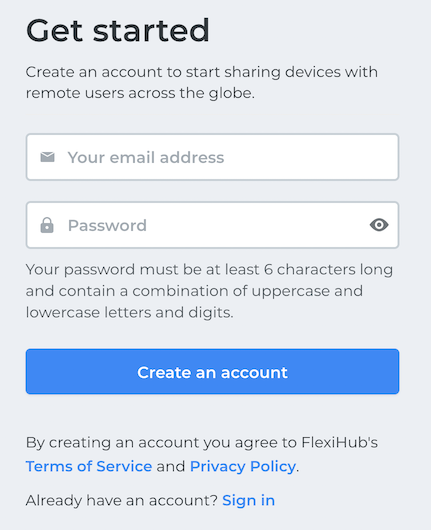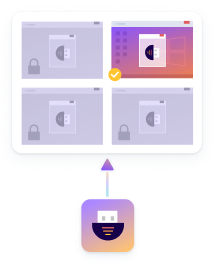What is RemoteFX USB redirection?
RemoteFX USB redirection for Remote Desktop Protocol (RDP) is a specialized feature you can use to access and operate USB peripherals from within a remote session in cases where the standard USB redirection to RDP comes up short. Serves as a supplement to other high-level redirections, s.a. Easy Print, Port Redirection, Plug-and-Play Device Redirection, etc.
You can use RemoteFX to redirect a local USB device to a remote PC via the RDP data channel from RDP 8.0 onward. As a result, CVM will be directed to use these USB devices. In this guide, the below-mentioned environment versions are used as examples to show how you can enable RDP’s RemoteFX redirection functionality that will redirect a USB device to a CVM.



